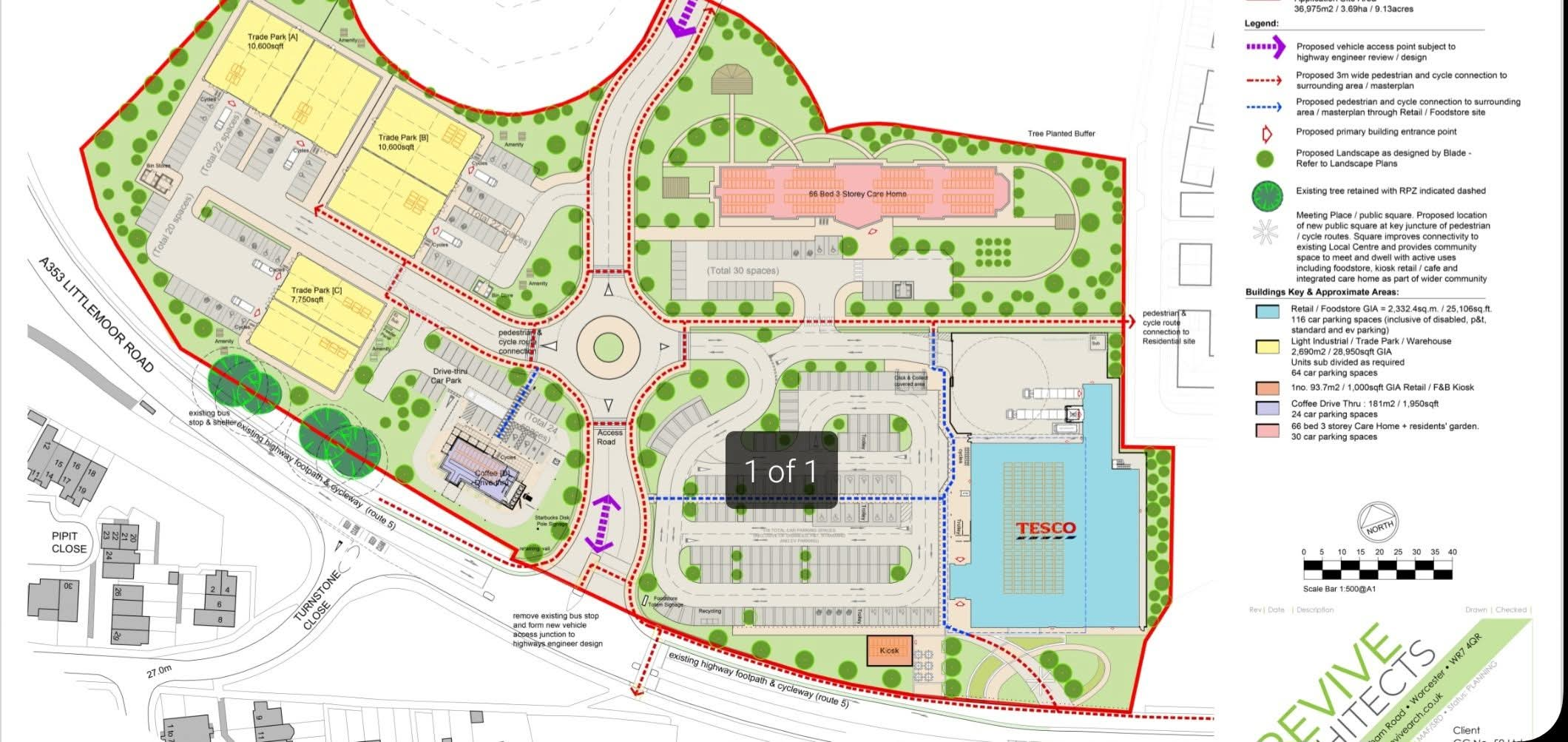Millions across the UK—estimated at around 2 million telecare users—depend on personal alarm devices connected to traditional landlines. These devices are literally lifelines in emergencies: falls, health crises, or other incidents. Without intervention, the digital switchover can sever that lifeline.
The government’s Telecare National Action Plan mandates that no vulnerable user is migrated until it’s confirmed their telecare system works on digital or interim tech (e.g., converters or digital-ready replacements). Providers must follow a non-voluntary migration checklist—including engineer visits and providing battery backups—for those clients.
There have been tragic outcomes: in 2023 two individuals died when their telecare devices failed post-switch . Additionally, incidents like the distress of a 95‑year‑old man in London—cut off after a digital-only change—underscore real-world risks. These cases triggered regulatory pauses and strengthened safeguards.
Many at-risk individuals face digital exclusion. Older adults or people with communication disabilities may not grasp what’s ahead—leaving them unprepared. Yet regulators and telecoms are ramping up campaigns, urging users and carers to contact their providers promptly.
What vulnerable users (or their carers) should do now
1. Identify telecare systems connected to your landline
Make a list of alarm pendants, home monitors, or medical alerts that rely on the phone.
2. Contact your landline provider immediately
Let them know you (or someone you care for) uses telecare and that reliable, safety‑critical devices need verified compatibility.
3. Request essential support
Providers must offer backup solutions like battery-powered routers and ensure telecare works post-switch.
4. Arrange in‑home checks
Providers often send engineers to test devices and install backup units, verifying the alarm functions correctly on digital lines.
5. Stay alert to scams
The switchover has spawned scam attempts. Always use verified contacts, and involve trusted family or council support to avoid fraud.
The digital switchover relies on coordinated action by government, Ofcom, communication providers, local authorities, telecare providers, and support charities gov.uk.
- Telecare National Action Plan and checklists embed protections.
- Ofcom’s incident reporting ensures any breakdown triggers swift response.
- Local authorities & housing schemes log vulnerable households and ensure devices are checked.
- Industry campaign from BT, VMO2 and regulators urges people to act now.
The shift to digital landlines is essential and largely beneficial—but for those who rely on telecare, it must be done safely and deliberately. Vulnerable users or their carers must proactively contact providers, request backups, and confirm their alarms still work. With vigilance and collaborative support, no one needs to —or should— be left in the dark.
Discover more from Dorset News
Subscribe to get the latest posts sent to your email.
















Leave a Reply